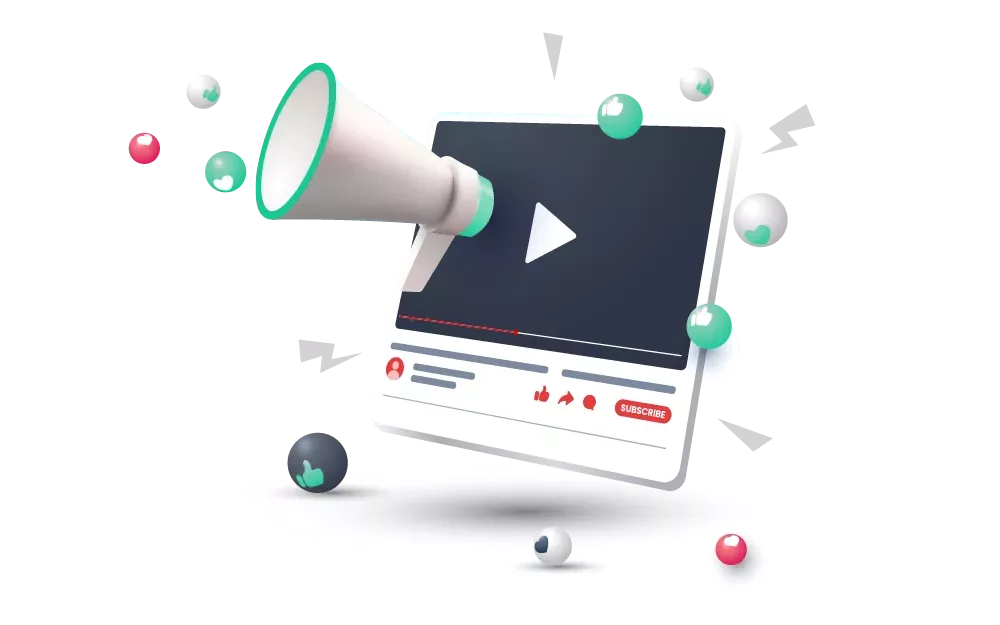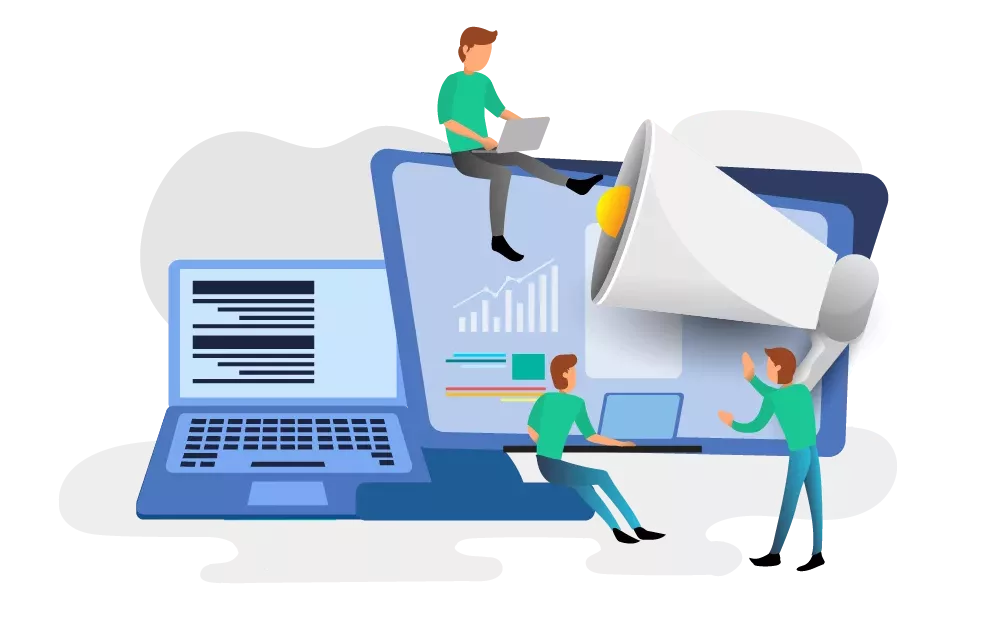Content Management Systems: What they are and which ones we recommend
Content management systems are useful for making it much easier to manage digital content. But which system is the best one for you? We give an insight and overview of some popular CMS for you.

What Is a Content Management System? #
Content management systems - CMS for short - are basically systems that allow their users to manage digital content without having to have programming skills themselves. Typically, content management systems are used to manage websites and web portals. Such a CMS provides its users with a user interface with which certain aspects of the web presence can be changed and designed in a simple way. The most common content that can be managed is text, images and pages. However, a good CMS is not limited to this. In summary, a content management system allows its users to change the content and settings of a website or web portal through a user-friendly interface, without having to have programming skills.
However, a content management system typically consists of more than just an administrative interface. To ensure that the content entered reaches the end users in the desired form, content management systems usually work with so-called templates.
Templates are design layouts that the CMS can fill with the entered content. These templates determine how the page is structured, how content is displayed and, in general, the look and feel of the site. The template is typically something that is customized to render content optimally according to one's own wishes and ideas.
In addition to classic content management systems that work with templates, an alternative has also emerged in recent years: Headless CMS. This refers to systems that do not work with templates, but provide their content via a programming interface. This is particularly useful if the headless CMS is to serve several different platforms or if the content is not to be displayed on the web but in apps, for example. Hybrid systems are also common, offering both templates and interfaces so that a CMS can serve both the web and other platforms.
Which Content Management Systems Are There? #
There are a lot of content management systems and the number is constantly growing. Between all-rounders, which try to serve every possible aspect, to highly specialized systems, there is hardly a niche that is not covered by a system. The following list is therefore only a small selection of systems with which we have already gained experience.
WordPress #
WordPress is one of the most used systems on the internet. Through thousands of ready-to-use templates and just as many plugins, many things can be done with just a few clicks. Unfortunately, WordPress is due to the wide distribution and the many plugins again and again the target of cyber attacks. The main reason for this is that many plugins have serious security vulnerabilities that are often not fixed or are fixed very late. WordPress was originally a simple blogging system, the main focus is still on small sites and blogs. Although larger projects can also be implemented with WordPress and various plugins, you quickly come up against limits that can often only be worked around inelegantly. Our recommendation is therefore: WordPress is suitable for small sites, for larger or more complex projects it is the better choice to use other systems.
Typo 3 #
Typo3 is one of the oldest content management systems on the Internet. It has its beginnings in 1988 and since then has been one of the most common Enterprise CMS on the market. Typo3 is also one of the most flexible systems, with which both standard content such as pages, but also customized content and data can be managed. Missing or necessary functionalities can - as with WordPress - often be supplemented by plugins. However, due to the age and large size of Typo3's codebase, some more current concepts and features are not used or only partially used, which often slows down development in Typo3. Our recommendation: If you are already using Typo3 and are satisfied with it, then there is nothing against further Typo3 projects. If you are not yet using a CMS or are not satisfied with the current Typo3 solution, it is worth trying out one of the following modern systems - they are in no way less powerful than Typo3.
Contao #
Contao is a flexible CMS with a special focus on privacy and security. Already GDPR-compliant by default, Contao also scores with its versatility. As Contao is based on the widely used Symfony framework, it can be easily extended and customized. Due to the strong use of open standards and frameworks, Contao is also easy to learn. With the help of extensions (comparable to plugins), many functions can be added that are not included in the standard installation. This significantly speeds up the development time. Our recommendation: If you attach great importance to privacy and security in your project, it is best to choose Contao!
Silverstripe #
Silverstripe is a CMS from New Zealand with a special focus on the development of customized features and extensions. Due to the integrated framework "Saphire" it is possible to implement even highly individual requirements without any problems. Especially own content and data types can be implemented in Silverstripe easier than in many comparable systems. It also offers many modules (comparable to plugins), with which the system can be extended by further functionalities. Our tip: If your project needs a lot of special functionalities or works with a lot of data, use Silverstripe!
Craft CMS #
Craft CMS is a comparably young CMS, but is in no way behind its counterparts in terms of stability and functionality. Due to the clear focus on flexibility and own content, Craft CMS can be easily extended and adapted to one's own needs. Individual functionality can also be easily integrated thanks to the use of the Yii framework. Through the plugin system, common functions and content can be added with just a few clicks. It also guarantees updates and support. Our recommendation: Craft CMS is well suited for both small and large projects where the focus is on own content and custom design. Craft CMS is our clear favorite among content management systems, mainly because we can efficiently achieve great results with it. How we implement a project with Craft CMS, we show here.
Cockpit #
Cockpit is a headless CMS. It comes without templates or the possibility to display the content. This makes Cockpit very suitable for content that is to be displayed in apps or desktop applications, for example, or that needs to be accessed from other systems. Cockpit offers an interface for this purpose. Cockpit also handles its own content and data types excellently. As a headless CMS, Cockpit is smaller and more resource-friendly than many other content management systems. Our recommendation: Cockpit is particularly well suited for managing content that is needed outside of the classic website context. If you're looking for a system to manage your app's content, for example, Cockpit is a good alternative.
Still not sure which system best suits your needs? Then just send us a message and tell us about your project. We'll be happy to advise you and help you make the right choice.



 Michaela Mathis
Michaela Mathis


